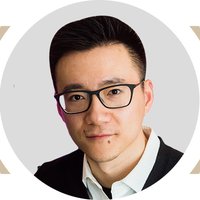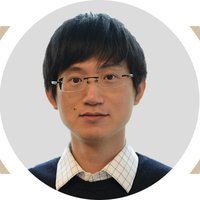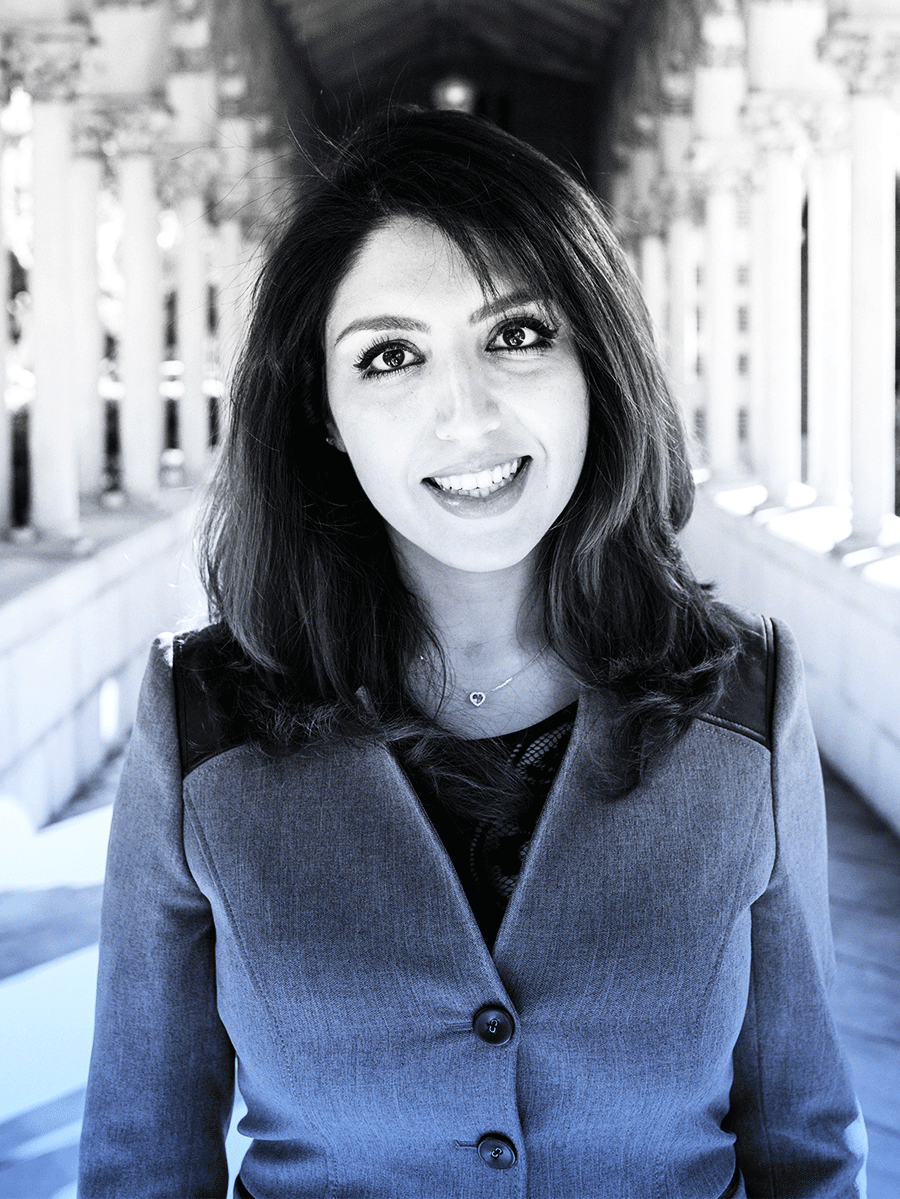Biotechnology & medicine
Niki Bayat
She invented materials that can heal eyes by sealing up traumatic injuries.

Europe
James Roberts
His incubator, which is inflatable, portable, and powered by a battery, could save the lives of millions of premature babies

China
Yinqing Li
Enabling comprehensive profiling of single neurons which provides important information for potential drug targets

China
Sidi Chen
New tools for genetic engineering and immune engineering to tackle cancer and improve treatment methods

China
Teng Li
Low-cost microbial synthesis process for PHA bioplastics, which enables its mass production
